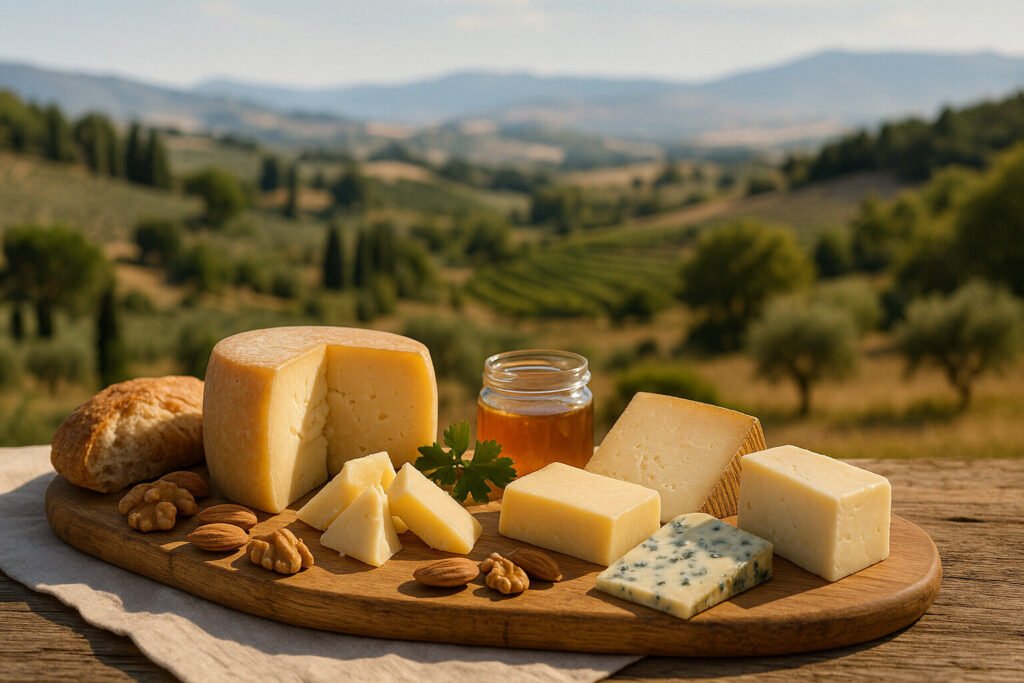Cheese Of The Iberian Peninsula
Definition and Scope
Cheese of the Iberian Peninsula refers to dairy products originating from Spain and Portugal. These cheeses reflect diverse regional climates, from coastal plains to mountainous interiors. Their production utilizes milk from various local breeds, including sheep, goats, and cows.
This category encompasses numerous protected designations of origin, ensuring traditional methods are preserved. Styles range from fresh, soft varieties to hard, aged cheeses. The scope includes both widely exported types and artisanal products consumed locally.
Production Methods
Traditional Iberian cheesemaking often involves raw milk and animal rennet. Many varieties undergo specific aging processes in natural caves or controlled environments. These methods contribute to distinct textures and flavor development over time.
Regional techniques include the use of specific molds for rind development and smoking processes. Some cheeses are washed with wine, brine, or olive oil during maturation. Production frequently follows seasonal patterns tied to animal grazing cycles.
Sensory Profile
Iberian cheeses typically exhibit robust, complex flavors ranging from buttery to intensely sharp. Texture varies from creamy and spreadable to firm and crystalline. Many develop characteristic piquant or slightly salty notes from their aging environments.
Aromas often include earthy, nutty, or animal notes depending on the milk source. The rinds may contribute additional sensory characteristics from natural molds or treatments. Color ranges from snowy white to deep golden yellow in the paste.
Culinary Uses
These cheeses serve both as table cheeses and cooking ingredients in Iberian cuisine. They commonly appear in tapas, sandwiches, and traditional dishes like tortilla española. Aged varieties are frequently paired with wines and conserved meats.
Many softer cheeses are used in sauces, fillings, or melted over vegetables and meats. Specific types have designated roles, such as Queijo da Serra in Portuguese desserts. Their versatility makes them suitable for both simple snacks and complex recipes.
Regional Examples
Notable Spanish examples include Manchego from La Mancha and Cabrales from Asturias. Portugal contributes renowned varieties like Serra da Estrela and São Jorge. Each protected designation maintains strict geographical and production requirements.
Distinct subregions produce characteristic styles, such as the smoked cheeses from the Basque Country. The Balearic and Canary Islands also contribute unique varieties to the peninsula’s cheese landscape. These regional specialties demonstrate the diversity within Iberian cheesemaking traditions.

